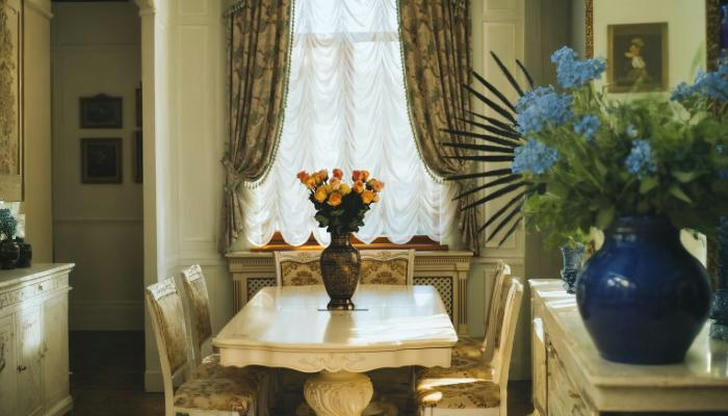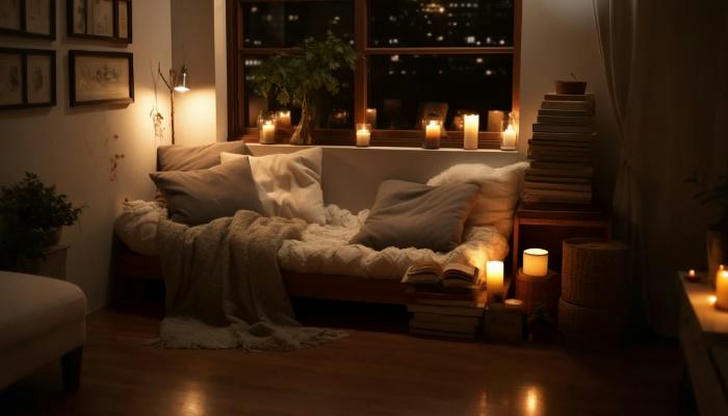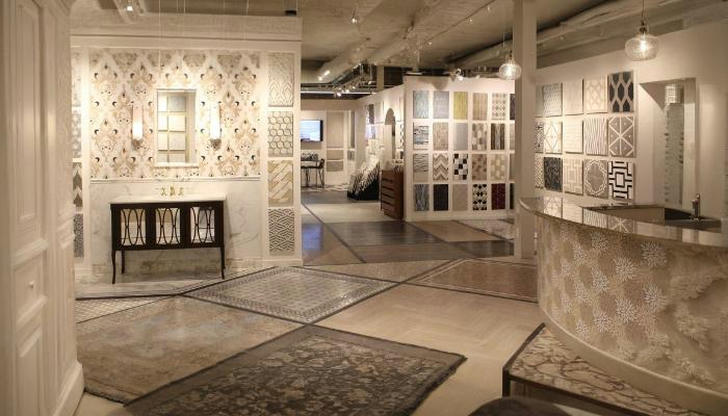How to Maximize Natural Light in Your Home
Ever wished your home felt brighter and more cheerful? Natural light can do wonders for a space, boosting your mood, reducing energy bills, and creating a warm, inviting atmosphere. But how do you harness the power of the sun and make your home glow? Let's dive into clever strategies and easy tweaks to maximize natural light and transform your living areas into sun-drenched havens.

Make Clever Use of Mirrors
• Place a Large Mirror in a Place with Direct Sunlight
Directly opposite the window, a mirror reflects light throughout the room as if it were a window. You can double the amount of light in a room by placing a large mirror, or even an entire wall of mirrors. As long as they reflect natural light, the placement is entirely up to you.
• Place Mirrors in Key Corners
Mirrors can brighten an entire room, but they can also draw light into darker areas of the room. Folding mirror screens can also be used in dark corners of the room to "reflect" the natural light around the room while enlivening the dark corner itself, perhaps with armchairs, side tables, and floor reading lights in front.

Don’t Neglect the Curtains!
• Try Filtering and Shading
Visors allow light to shine through while also counteracting glare. If you want to maximize daylight without worrying about privacy issues, you can install sunshades within the most suitable light filtering range, which is approximately between 1% and 10%. Unlined linen would also be a smart choice for curtains, as the looser weave will gently filter light.
• Choose Transparent Curtains
Sheer curtains are an easy way to bring light into a room. Solid colors can be combined with some kind of pattern to enrich the look. Patterned solid-color curtains are beautiful. Beautiful patterns may create interest before placing ivory pendants on either side.
• Try Dramatic Curtains in the Bathroom
In the bathroom, dramatic floor-to-ceiling curtains can keep the outside world out when privacy is desired, or allow in all incoming light when privacy is not. If space permits, floor-to-ceiling panels can be made from sheer linen or cotton fabrics, which work best in damp conditions. Adding sophisticated accents to the panels always gives a luxurious feel to the space.

Choose Appropriate Lightening
• Use Multiple Light Sources
To amplify the look of natural light, it's important to layer it using multiple light sources. It is often recommended to use multiple light sources so you can change the lighting as needed to make it feel warm and cozy
• Balance the Mood and Illumination
When choosing fixtures for a room with low light, it's worth thinking about the mood you want to create - for example, a bedroom or study might feel dark and cozy, while a kitchen or breakfast area might not. Choosing lighting starts with determining the function and mood we want to evoke in the space. It’s important to balance the two.
Depending on the function of the space, task lighting is often necessary, while in other rooms, decorative lighting is a more important consideration. A gorgeous chandelier may seem like an interesting option for a home office, but if the client can't continue his work schedule after the sun goes down, then it needs to be complemented by other lighting options.

The Choice of Decorative Materials Matters
• Rely on Glass
During hours when the sun is particularly bright, glass windows help reduce glare while also increasing the amount of light filtered through the window. Glass is an ever-changing technology. Recently, scientists have created a perovskite-colored window that darkens in strong sunlight and collects solar energy.
• Maintain Shine
Smooth finishes can help reflect natural light; however, most designers recommend a mix of matte and glossy coatings to create a less flat but more interesting design. Using matte and glossy finishes that absorb and reflect existing light helps create the dramatic effect of the contrasts of light and dark that Rembrandt and Leonardo da Vinci used so effectively.

Be Particular about Painting Walls
• Try a Textured Finish
Bright, airy options are best for dimly lit rooms, but even light colors can appear dull, depending on the quality of natural light and the orientation of the room. If you choose a dark color, metallic trim, and mirrors can help reflect light, while textured finishes can help enrich the natural light. Soft touches add texture to the walls, so natural light enhances the brightness of the walls.
• Choose Colored Paint
When working with darker colors, choose a paint color—even a relatively neutral tone—that will look better after the sun goes down. It is recommended to use "shades that have a lot of color in the paint, especially if you prefer darker colors. In this case, we were careful to avoid certain browns and beiges because in certain lights they can look like Khaki or green. The color we specified was a yellowish taupe - there's some color in the pigment so it doesn't look dull in the dark.
